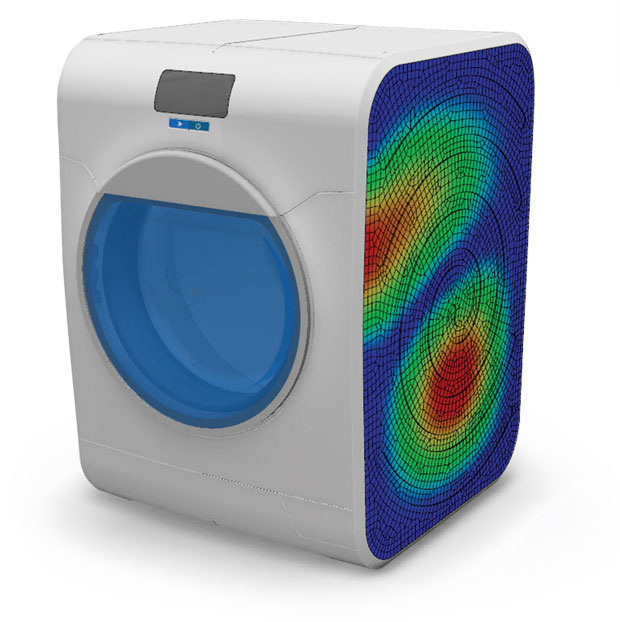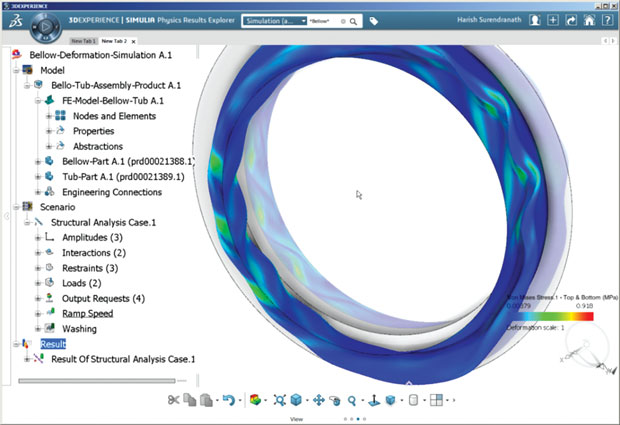
Latest News
November 2, 2015
 The “Experience Economy” may sound like just another term used to justify shorter product development deadlines and longer lists of requirements, but it’s firmly rooted in market demands. Customers today expect more than a product when they do business with a company — they want a great experience that starts before they even purchase the product and extends well beyond unboxing. Companies that can’t provide those great experiences will lose out to those that can.
The “Experience Economy” may sound like just another term used to justify shorter product development deadlines and longer lists of requirements, but it’s firmly rooted in market demands. Customers today expect more than a product when they do business with a company — they want a great experience that starts before they even purchase the product and extends well beyond unboxing. Companies that can’t provide those great experiences will lose out to those that can.
To create innovative experiences, an organization has to leverage agility, iterative approaches, organization-wide creativity and knowledge. It requires a product design process in which simulation is ubiquitous, flexible and intuitive, yet precise and meaningful. Simulation must be infused throughout the entire development cycle while facilitating the sharing of data, expertise and insights across an organization, not just within the engineering department. Traditional workflows that restrict simulation to a handful of experts need to be transformed. New processes and tools are needed to make product requirements more visible early in the development process. They should also open simulation tasks to a wider audience while capturing inputs and sharing results related to the holistic experience. In addition, simulation practices need to be built on a foundation that supports sustainable innovation, enabling organizations to continuously evolve the experience as opposed to focusing on one-off product designs.
Simulation as a standalone expert practice, or even as a simplified toolset for designers, won’t hit the mark on its own to fuel next-generation innovation. What’s required is a broad approach that delivers the collaboration, visibility, knowledge capture and computational power necessary for simulating a product’s real-world performance and creating optimal product experiences that help companies stand out in a crowd.
A New Spin on Innovation
Imagine a washing machine that calculates and automatically balances load weight. It runs so quiet that it can be housed anywhere. And because it’s connected, the consumer can control its operation with a mobile device. The 3DEXPERIENCE© platform allows innovators to design, simulate, and collaborate on evaluating thousands of variables including system performance, stress, durability, noise, and damage due to accidental drop or impact. Below are two examples of how realistic simulation can be used to bring this market-winning experience to life.
 The Desired Experience: Reduce the 50-75 decibel noise levels common to most washing machines. Benefits of Simulation: Understand and improve frequency response using noise emission studies.
The Desired Experience: Reduce the 50-75 decibel noise levels common to most washing machines. Benefits of Simulation: Understand and improve frequency response using noise emission studies.
 The Desired Experience: Reduce maintenance calls over the expected 10-year lifetime of a washing machine. Benefits of Simulation: Simulate potential component failure due to heavy and unbalanced loads over an extended period of time.
The Desired Experience: Reduce maintenance calls over the expected 10-year lifetime of a washing machine. Benefits of Simulation: Simulate potential component failure due to heavy and unbalanced loads over an extended period of time.A Holistic, Industry Specific Approach
Dassault Systèmes provides world-leading solutions that transform the way products are designed, produced and supported. The group brings value to over 190,000 customers across all industries by providing collaborative solutions that foster social innovation which makes it possible for discoveries in the virtual world to be used to improve the real world.
The 3DEXPERIENCE platform from Dassault Systèmes has been architected from the ground up to make simulation an integral part of the cross-disciplinary workflow of specific industries. Simulation models, workflows and results are maintained as part of the same single source of truth for product and experience-related requirements. They are also accessible across disciplines so that simulation data is just as available to executive management and marketers as it is to design engineers and analysis experts. Because design changes are automatically reflected in the system of record, companies are able ensure that each engineer is 100% aware of consumer demands, performance requirements and their colleagues’ work at each stage of development.
Increasing system complexity and more technology being used for co-simulation and integrated simulation workflows make it even more critical for design and engineering teams to leverage one source of truth to collaborate on meeting performance requirements.
The 3DEXPERIENCE platform enables simultaneous collaboration on simulation-powered innovation, allowing, for example, engineers to validate and test designs against a number of parameters while manufacturing engineers evaluate whether a particular iteration can be produced efficiently at optimal cost. Early simulation encourages greater design exploration, allowing multidisciplinary teams to collaborate on more possibilities and zero in on alternatives that may have never been considered with traditional simulation practices.
Leveraging a holistic approach helps companies not only deliver the best performing product with the latest technological features, but also a market-winning experience that wows customers and gives companies a competitive edge.
For more details, download “Making the Case for Simulation in the Age of Experience.”
Subscribe to our FREE magazine, FREE email newsletters or both!
Latest News
About the Author
DE’s editors contribute news and new product announcements to Digital Engineering.
Press releases may be sent to them via [email protected].






